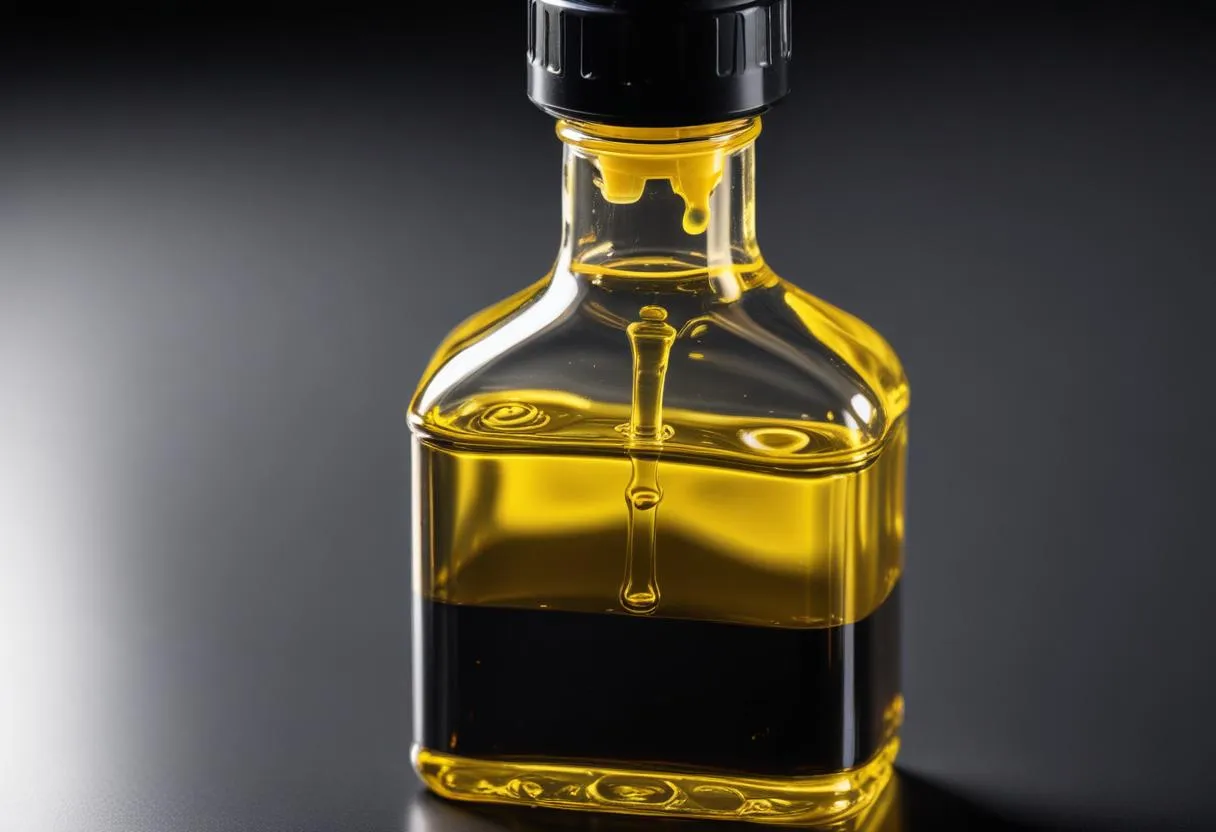 In the maintenance of pump systems, choosing the right type of lubricant is crucial for ensuring operational efficiency and longevity. Lubricants in the context of pump maintenance are primarily used to reduce friction between moving parts, minimize wear, and help prevent rust and corrosion.
In the maintenance of pump systems, choosing the right type of lubricant is crucial for ensuring operational efficiency and longevity. Lubricants in the context of pump maintenance are primarily used to reduce friction between moving parts, minimize wear, and help prevent rust and corrosion.
Oil and grease are the two primary categories of lubricants used in pump systems, each serving different types of pumps and operational conditions.
Oil Lubricants: These are commonly used in pumps due to their ability to lubricate moving parts effectively while also assisting in heat dissipation. Types of oil lubricants include:
- Mineral oils: Derived from petroleum, these are widely used in standard pumps with moderate temperature conditions. They are cost-effective and available in varying viscosities to match specific requirements.
- Synthetic oils: These provide superior performance under extreme temperatures and pressures, making them ideal for high-performance industrial pumps. Common synthetic oils include polyalphaolefins (PAO), esters, and polyalkylene glycols (PAG).
- Biodegradable oils: Often made from esters derived from vegetable oils or synthetic sources, these lubricants are used in applications where environmental concerns are paramount.
Grease: Composed of oil and a thickener, usually soap, grease provides a long-lasting protective layer that is particularly effective in pumps that operate under high loads or in wet locations. Types of grease include:
- Lithium grease: Known for its good temperature tolerance and water resistance, it is suitable for a wide range of pump applications.
- Calcium grease: Affords excellent protection against moisture but generally has lower thermal stability.
- Synthetics: Such as silicone or fluorinated grease, used in applications requiring high temperature and chemical resistance.
Applications of Lubricants in Different Types of Pumps:
| Pump Type | Preferred Lubricant Type | Reason for Use |
|---|---|---|
| Centrifugal Pumps | Mineral or Synthetic Oils | Efficient at transferring heat and protecting against wear under rotational stress. |
| Positive Displacement Pumps | Grease or High-Viscosity Oils | Provides a robust seal and cushioning between moving parts, handling high pressures effectively. |
| Submersible Pumps | Water-resistant Grease | Prevents water ingress and lubricates despite submersion in fluid. |
Selecting the appropriate lubricant involves not only understanding the basic characteristics of different types but also factoring in the specific environmental conditions and operational parameters of the pump application. Regular analysis and testing of lubricants can help in detecting contamination or degradation, ensuring that pumps remain in prime condition for operation.
Establishing lubrication schedules for optimal pump performance
To achieve optimal pump performance, establishing a precise lubrication schedule is essential. Such a schedule depends on various factors including the type of pump, the lubricant used, operation conditions, and environmental influences. Proper scheduling ensures that lubricants are applied at the right time and in the correct amount, avoiding both under-lubrication and over-lubrication, each of which can lead to pump failure and increased maintenance costs.
The following guidelines help in the formulation of an effective lubrication schedule:
- Manufacturer’s Guidelines: Start by consulting the pump manufacturer’s recommendations. Manufacturers provide specific intervals for lubrication based on optimal lab conditions and the general expected use of the pump.
- Assessment of Pump Usage: Understanding how often and under what conditions the pump operates can adjust lubrication intervals. For example, pumps used continuously in harsh conditions may require more frequent lubrication.
- Environmental Factors: Environmental conditions such as temperature, humidity, and exposure to corrosive substances impact lubrication needs. Pumps operating in extreme conditions require closer monitoring and possibly more frequent lubrication.
- Previous Maintenance Records: Historical data on the pump’s performance and maintenance can provide insights into the most effective lubrication schedules.
- Lubricant Type: Different lubricants have varying lifespans. Synthetic oils may not require as frequent changes as mineral oils because they are more stable and degrade slower under challenging conditions.
Implementing a lubrication schedule involves regular monitoring and adjustments based on real-time data and performance analytics. Here is an approach to set up a schedule:
- Initial Setup: Base the initial schedule on manufacturer’s guidelines and adjust according to the specific installation environment and operation usage.
- Regular Monitoring: Regularly check lubricant levels and condition. This involves visual inspections and, more effectively, oil analysis tests which can detect contamination or degradation of the lubricant.
- Adjustments: Adjust the schedule based on the findings from regular monitoring. Increased contaminant levels or unexpected changes in lubricant condition can indicate the need for more frequent lubrication or a switch to a different type of lubricant.
- Documentation: Keep detailed records of all inspections, lubricant changes, and maintenance activities. This data is crucial for refining the lubrication schedule and can help troubleshoot future issues.
Successful implementation of a lubrication schedule not only prolongs the lifespan of the pump but also enhances its efficiency and reliability. By mitigating risks associated with improper lubrication, operations can avoid costly downtimes and repairs, ensuring steady, optimal performance of pump systems.
Troubleshooting common lubrication issues in pump systems
 Troubleshooting common lubrication issues in pump systems involves identifying and addressing problems that can lead to inefficient operations or pump failure. Understanding these challenges is crucial for maintaining the reliability and efficiency of your pump systems.
Troubleshooting common lubrication issues in pump systems involves identifying and addressing problems that can lead to inefficient operations or pump failure. Understanding these challenges is crucial for maintaining the reliability and efficiency of your pump systems.
Lubricant Contamination: One of the most prominent issues is contamination of the lubricant, which can occur from dust, water, or chemical ingress. It’s critical to periodically check the cleanliness of the lubricant using oil analysis techniques. Methods like spectrographic analysis and particle counting can help detect and quantify contaminants. If contamination levels exceed the manufacturer’s recommendations, it may be necessary to replace the lubricant or enhance filtration and sealing systems.
Insufficient Lubrication: Inadequate lubrication can occur due to various reasons, including incorrect lubricant volume or infrequent application. Symptoms of this issue include increased friction, overheating, and abnormal noises such as screeching or grinding. To address this, verify that the lubricant levels meet the operational requirements of the pump and adjust the lubrication intervals as necessary.
Inappropriate Lubricant: Using the wrong type of lubricant can adversely affect pump performance. Signs that you may be using an inappropriate lubricant include foaming, separation, or a change in viscosity. Ensure that the lubricant type matches the specifications required for the pump and the environmental conditions under which it operates. Switching to a more suitable lubricant can resolve these issues.
Lubricant Degradation: Over time, lubricants can degrade due to thermal breakdown, oxidation, or chemical reactions, which diminish their effectiveness. Keep an eye out for changes in the color or odor of the lubricant, which often indicate degradation. Implement routine sampling and testing to monitor the health of the lubricant and replace it according to the findings and manufacturer’s guidelines.
Leaks: Leaks not only lead to the loss of lubricant but also risk contamination of the surrounding environment. Regular inspections can help identify any leaks in the pump system. If leaks are detected, it’s essential to repair seals or gaskets promptly and inspect the pump casing and fittings for any signs of wear or damage that might contribute to leaks.
- Regular Inspections: Conduct visual checks and use tools like ultrasonic detectors to pinpoint areas where lubrication may not be adequate.
- Lubricant Analysis: Regularly analyze the chemical and physical properties of the lubricant to identify contamination or degradation issues.
- Review Lubrication Techniques: Ensure that the methods used to apply lubricants are appropriate for the system. Automatic lubricators and manual methods should be evaluated for effectiveness and adjusted as necessary.
Addressing these common lubrication issues requires a proactive maintenance strategy, incorporating both scheduled checks and responsive adjustments based on real-time conditions and performance data. By effectively troubleshooting lubrication challenges, you ensure the continued reliability and efficient operation of your pump systems.